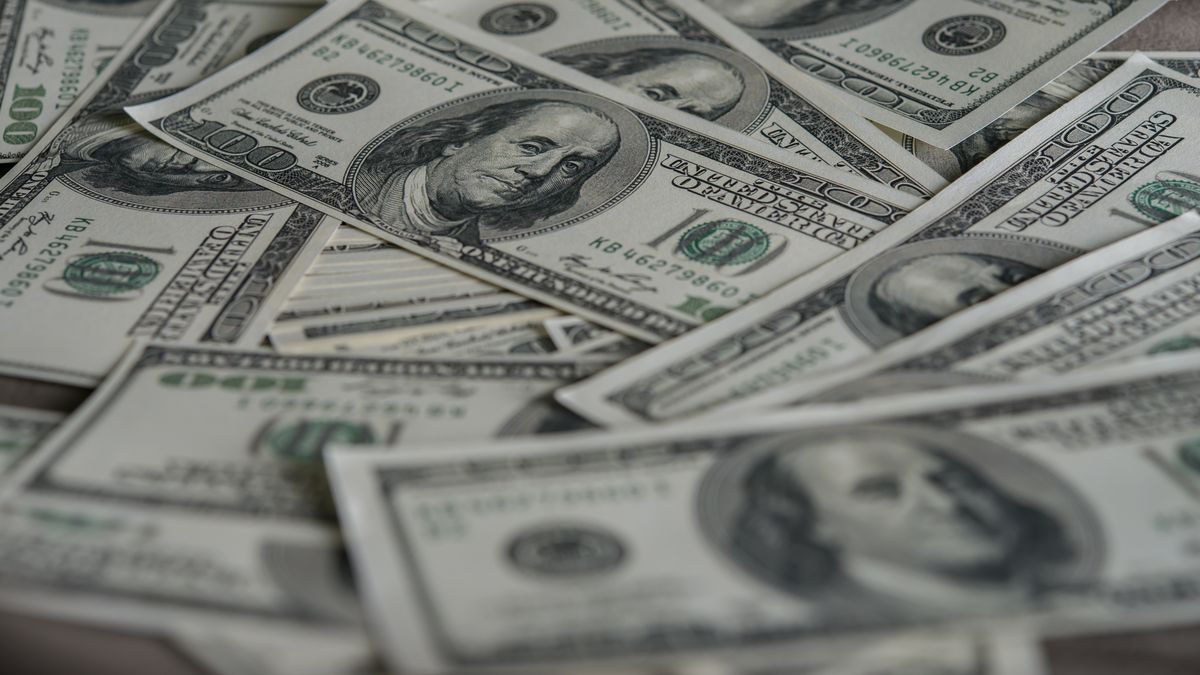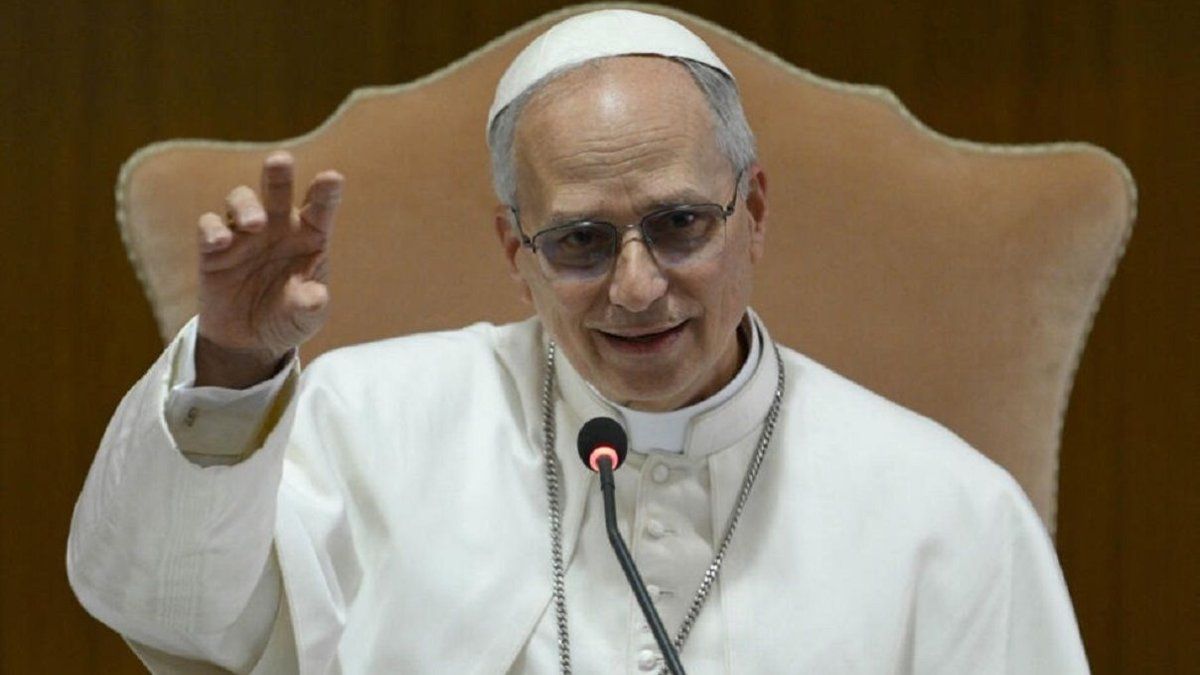So far in 2022, the Central Bank has maintained a gradual depreciation exchange rate regime. The rate of devaluation went from 2.2% in January, to 2.3% in February, to 3.3% in March and to 4% in April. Then, both in May and June, it held at 4.2%. In every month, the crawl peg official ran behind the consumer price index.
Consequently, the inflationary acceleration of recent months, added to a global context of strengthening of the US currency, given that the dollar index is at maximum values of 20 years (107 points at the closing of this note), increased the loss of competitiveness with respect to the level agreed with the IMF. The Government committed to the agency to maintain the Real Multilateral Exchange Rate index at 102.5 points, as it was in December 2021. However, July began at 93.8 points.
From Ecolatina, they pointed out: “The real exchange rate gave way, the multilateral appreciated almost 1% in June. It particularly played against the depreciation (point to point) of almost 10% of the Real during June (although only 1.5% monthly average), a logical performance given the turbulent international context. Thus, in the first half of the year the real exchange rate appreciated by 7%”.
In this sense, after the turbulent financial days that the market went through after Guzmán’s resignation, Batakis’s statements on exchange rate policy failed to calm investors’ expectations of a more abrupt devaluation in the coming months. This was reflected in the increase in the amount traded in the dollar futures market and the millionaire sales of futures contracts made by the Central Bank in the last three days, which analysts estimate between US$1.5 billion and US$2. 000 million.
Tomás Ruiz Palacios, strategy at Consultatio, pointed out that “the Central Bank acts on the Rofex curve to try to influence market expectations, since both importers and exporters act based on those expectations.” And he added: “If a strong devaluation is expected, importers try to advance imports, while exporters will try to delay their exports. In the Rofex market, the BCRA is the main operator in the sale of the future dollar, so, in times of market volatility, it usually goes out to do the opposite of those who seek foreign exchange coverage.
Regarding devaluation expectations, Ruiz Palacios assured that “they increased a lot.” “If one does the exercise of seeing what Rofex expects, it is 15 percentage points above the REM estimates. From this, if we compare the December Rofex contract versus the survey of market expectations, it gives you that Rofex is expecting 15% above the expectations of the REM. Expect a discreet jump of 15%. In addition, if we look at the expectations, on June 22 they were at a dollar of $168, on Monday, July 4, they reached $191 intraday, which later, with the interventions of the Central Bank, fell to $182.5, and remained so until yesterday,” he said.
Source: Ambito
David William is a talented author who has made a name for himself in the world of writing. He is a professional author who writes on a wide range of topics, from general interest to opinion news. David is currently working as a writer at 24 hours worlds where he brings his unique perspective and in-depth research to his articles, making them both informative and engaging.




